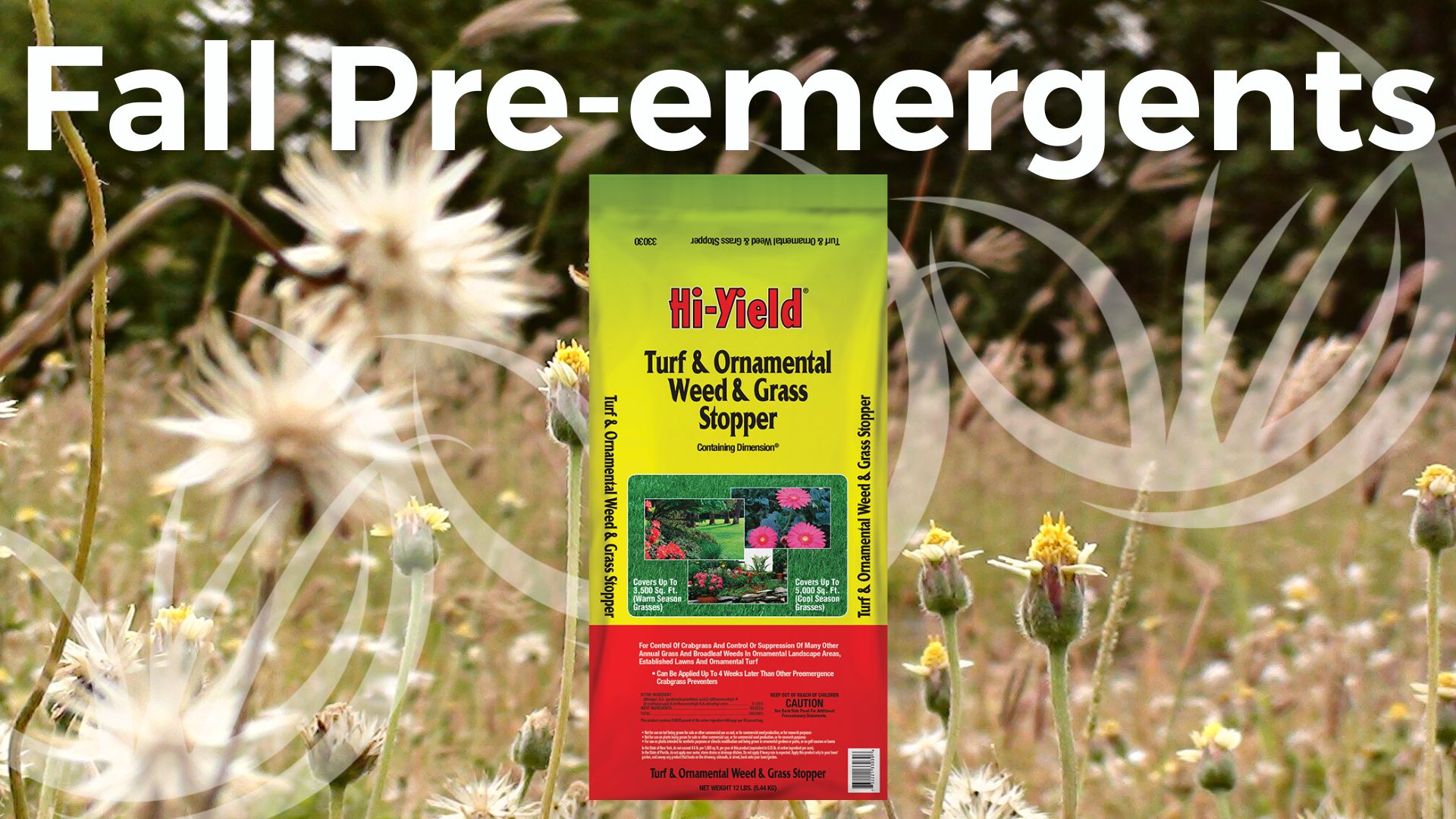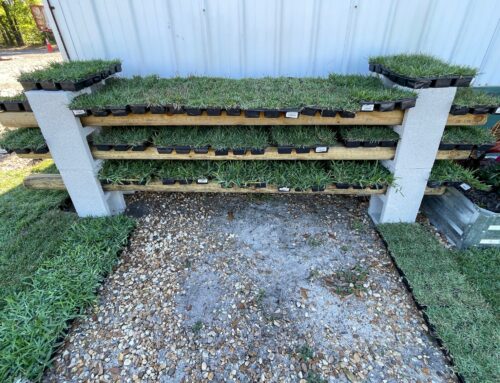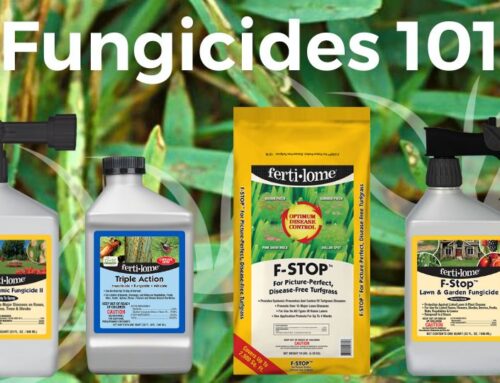Although the window for pre-emergent applications varies due to fluctuating temperatures, it’s best to apply pre-emergent herbicides twice a year: in the spring and fall. In the spring, you’ll want to apply a pre-emergent herbicide before the ground temperature reaches 55 degrees Fahrenheit.
But in the fall, pre-emergents are typically applied between the months of August and November depending on your location. Most of us apply them around the end of September. This applies to both warm and cool season grass types.
Regardless of where you live, the application window for fall pre-emergents should be when temperatures are below 75 degrees and dropping.
Pre-emergents Help Prevent Weeds
The idea behind a pre-emergent is to apply it before weeds have time to germinate from seed. This prevents them from growing during the cooler months and reduces any time or effort spent removing them.
Pre-emergents do not kill existing weeds. Instead, they prevent them from appearing in the first place. They work by forming a barrier in the soil that prevents weeds from sprouting as illustrated in the image below.
It should be noted that a pre-emergent herbicide that is applied before you overseed in the fall will keep your seed from growing. Your common pre-emergents will kill the seed that you put down 100 percent of the time.




